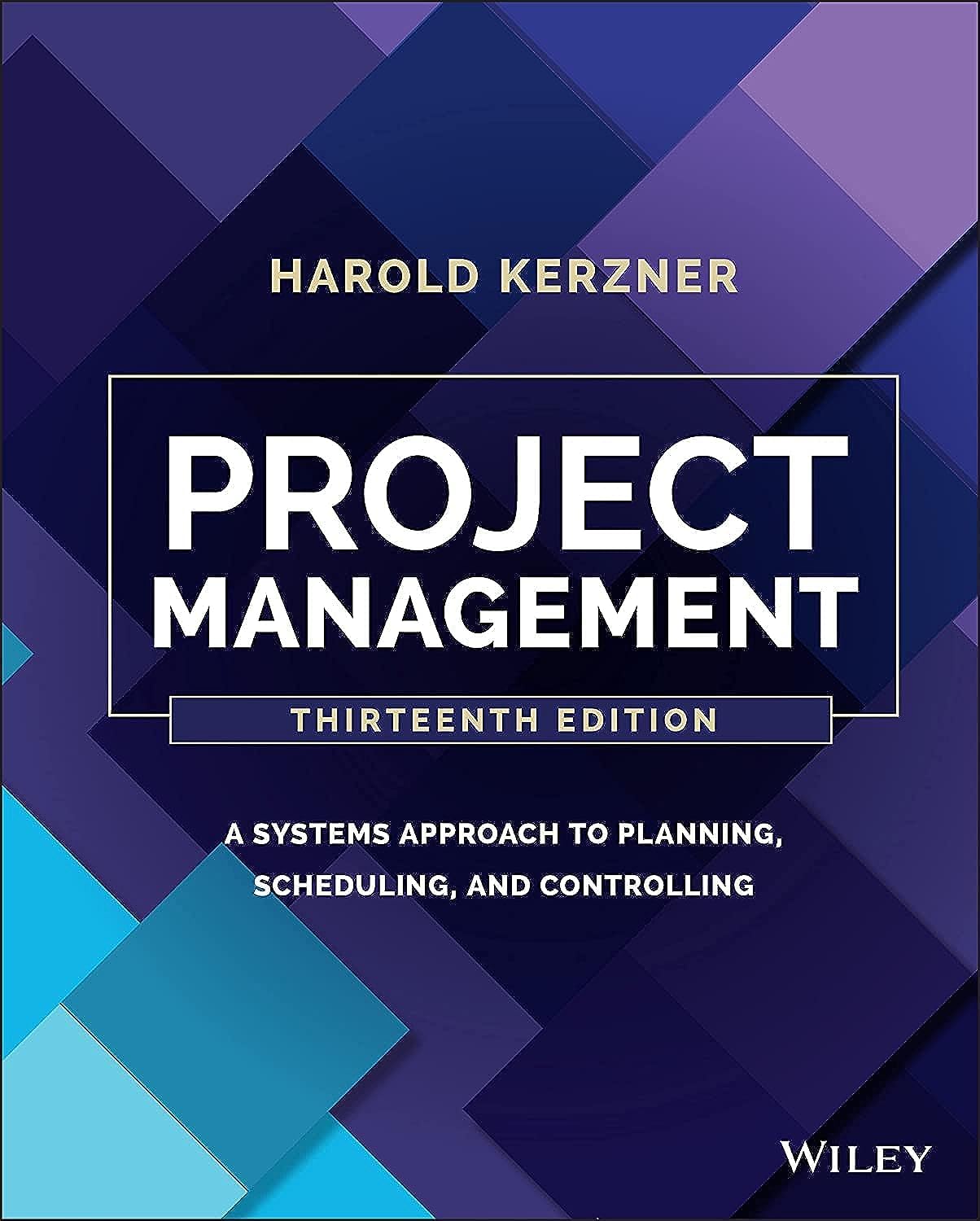
Backward Pass
What is Backward Pass?
The backward pass enables project schedulers to calculate the latest possible start and finish times for each activity, ensuring the project avoids delays. It works by moving from the final activity in a project network diagram back to the first, determining the amount of scheduling flexibility each task has. This calculation helps project managers determine the latest time an activity can start or end while ensuring the entire project remains on track. The backward pass is a core part of the Critical Path Method (CPM), used to define the project timeline and manage resources efficiently.
Key Points
- The backward pass calculates late start (LS) and late finish (LF) times for each task.
- It begins with the project’s end date and works backward through the network diagram.
- This method helps identify the total float or scheduling flexibility available for each activity.
- Activities on the critical path will have zero float, meaning any delay in these tasks will delay the entire project.
- Project managers typically use it in conjunction with the forward pass, which determines the earliest start and finish times.
- Together, these methods enable complete visibility of a project’s schedule, helping prevent delays and resource conflicts.
- The results of the backward pass are crucial for time-sensitive project planning and task prioritization.
Related Terms
- Critical Path Method (CPM) utilizes the backward pass to determine which sequence of activities has the least scheduling flexibility.
- Float (or slack) is calculated during the backward pass to indicate the amount of delay that is allowable without impacting the overall project.
- Forward pass works in the opposite direction of the backward pass and is used to find early start and finish times.
- Late start and late finish times are directly determined by using the backward pass.
- Project network diagram is a visual tool that applies both forward and backward passes to evaluate task dependencies.
Backward Pass: Example
Consider a construction project where the team must complete the final inspection by June 30. The project manager uses a backward pass to calculate when the team must finish each prior task to meet this deadline. For example, if the team must complete painting before the inspection and painting takes 3 days, they must finish it by June 29, which means they must start by June 26. The project manager continues these calculations in reverse through each task to ensure the team meets all deadlines.
Backward Pass: Best Practices
- Always begin the backward pass after completing the forward pass to ensure accurate timing and consistency.
- Use project scheduling software or network diagrams to track and verify calculations.
- Identify tasks with zero float as high-priority items to monitor closely.
- Regularly update project data and recalculate to reflect any changes in timelines or dependencies.
- Combine resource planning with team member allocation to avoid overloading during peak periods.
Additional Resources
Preparing for a PMI certification?
- Exam Prep Courses: PMP®, CAPM®, and PMI-ACP®
- Exam Simulators: PMP®, CAPM®, PMI-ACP®, PMI-PBA®, PMI-RMP®, PMI-SP®, PgMP®, and PfMP®
- Professional Development Units (PDUs): 15, 30, and 60 PDU Bundles




